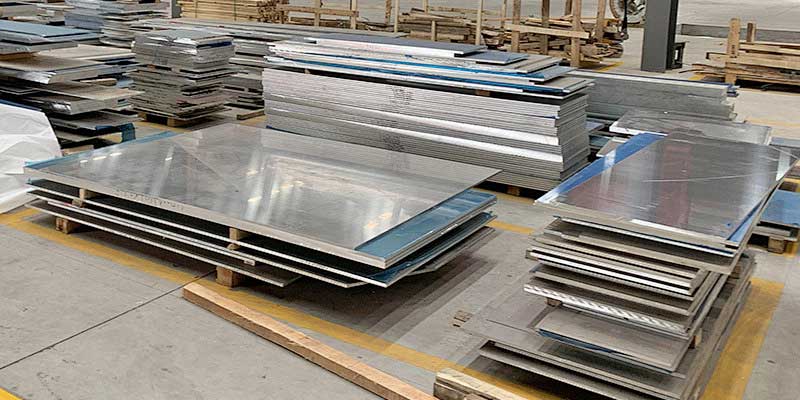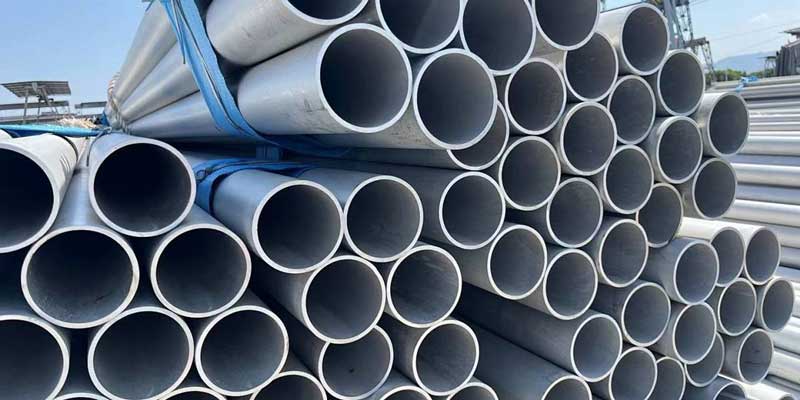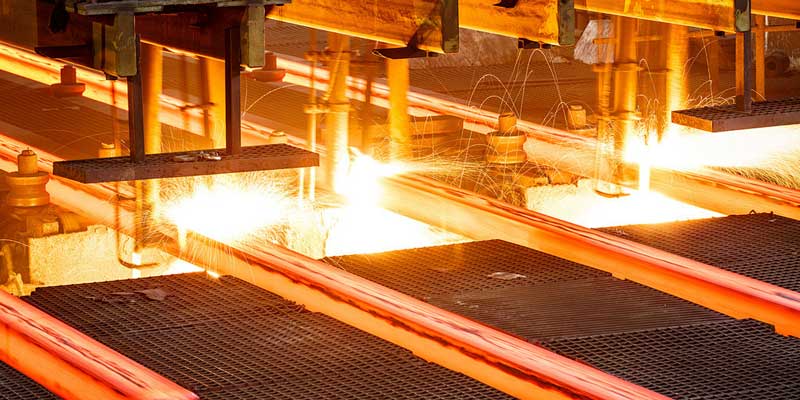Related Posts
Online Message
The Core Components and How They Work
Iron (Fe): The base metal. Pure iron is relatively soft and ductile but not very strong for most structural applications.
Carbon (C): The primary alloying element. Carbon atoms fit into the gaps within the crystal lattice of iron. This disrupts the movement of dislocations (defects) in the atomic structure, making it much more difficult for the layers of atoms to slide past each other. This process, known as solid solution strengthening, dramatically increases the tensile strength and hardness of the iron.
The precise amount of carbon allows metallurgists to fine-tune the balance between hardness and ductility (the ability to be deformed without breaking).

Classification of Steels
Steel is not a single material but a vast family of alloys, broadly categorized as follows:
A. Carbon Steels
These constitute the majority of steel production and are defined mainly by their carbon content.
Low Carbon Steel / Mild Steel: (C: <0.25%)
Properties: Soft, ductile, highly malleable, and easily weldable.
Uses: Car body panels, structural steel sections (I-beams), rebar, ship hulls, wire, and domestic appliances.
Medium Carbon Steel: (C: 0.25% - 0.60%)
Properties: Balances ductility and strength. Can be heat-treated to improve properties.
Uses: Railway tracks, wheels, gears, shafts, and machinery parts.
High Carbon Steel: (C: >0.60%)
Properties: Very hard and wear-resistant, but more brittle.
Uses: Cutting tools, knives, springs, high-strength wires, and ball bearings.
B. Alloy Steels
These are carbon steels to which other elements (alloying elements) are added in significant amounts to impart specific properties.
Stainless Steel:
Key Alloy: Chromium (Cr), typically >10.5%. Chromium reacts with oxygen to form a passive, invisible, and adherent layer of chromium oxide on the surface, which prevents further corrosion (rust).
Uses: Cutlery, medical instruments, chemical processing equipment, architectural cladding, and kitchen sinks.
High-Strength Low-Alloy (HSLA) Steel:
Key Alloys: Small amounts of elements like Niobium (Nb), Vanadium (V), Titanium (Ti).
Properties: Higher strength-to-weight ratio than carbon steel, better corrosion resistance.
Uses: Automotive frames, bridges, offshore structures, and cranes.
Tool Steel:
Key Alloys: Tungsten (W), Molybdenum (Mo), Cobalt (Co), Vanadium (V).
Properties: Extreme hardness, resistance to abrasion (wear), and ability to hold a cutting edge at high temperatures.
Uses: Drill bits, milling cutters, dies, and molds.

Key Properties of Steel
High Strength & Hardness: Resists deformation and indentation.
Toughness: The ability to absorb energy and deform plastically without fracturing (resistance to impact).
Ductility: Can be drawn into wires or stretched without breaking.
Malleability: Can be hammered or rolled into thin sheets.
Weldability: Most types can be joined permanently using various welding techniques.
Durability: Long-lasting and resistant to wear and tear.
100% Recyclability: Steel is the world's most recycled material. It can be remelted and reformed endlessly without loss of quality, making it a cornerstone of the circular economy.

The Modern Steelmaking Process (Brief Overview)
Ironmaking: In a Blast Furnace, iron ore (iron oxide), coke (carbon), and limestone are heated. The coke reduces the ore to molten pig iron, which has a high carbon content (3-4%).
Steelmaking: The molten pig iron is transferred to a Basic Oxygen Furnace (BOF) or an Electric Arc Furnace (EAF). Here, excess carbon and impurities are oxidized and removed. Precise amounts of alloying elements are then added to create the specific grade of steel.
Casting and Forming: The molten steel is cast into solid shapes (ingots, slabs, blooms) and then formed into final products (sheets, plates, beams, coils) through hot or cold rolling processes.
Heat Treatment: Processes like annealing (softening), quenching (rapid cooling to increase hardness), and tempering (reheating to reduce brittleness) are used to achieve the final desired mechanical properties.



